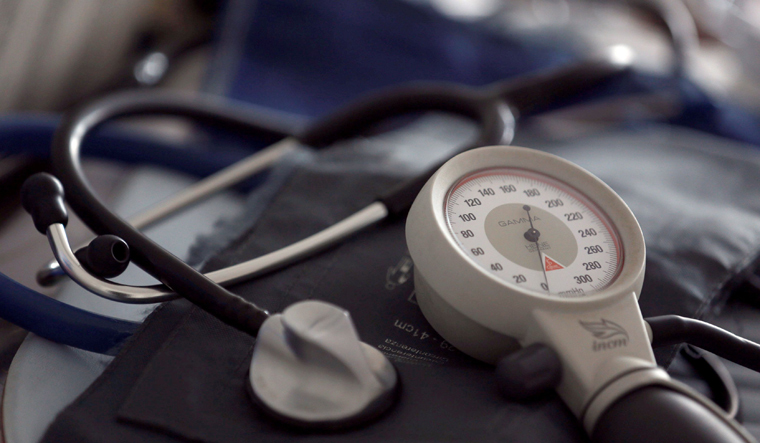Scientists have discovered a new drug delivery system that could help prevent bacterial infections.
The researchers at Rutgers University in the US synthesised nanostructured silica particles, considered to be promising drug carriers, that contained payloads of an antimicrobial agent.
They found that the particles were effective at killing two human bacterial pathogens, according to the study published in the Journal of The American Chemical Society.
The new mechanism allows compounds to slowly release antimicrobials into local environments, resulting in high amounts of the molecule in a specific location.
This is a different scenario than when antibiotics are taken orally and they become widely distributed throughout the body.
"Interestingly, the particles were more effective at killing the bacteria than the antimicrobial was, which may highlight a more efficient mechanism for drug delivery," said Jeffrey Boyd, an associate professor at Rutgers University.
Bacteria are rapidly evolving and becoming resistant to antimicrobials—agents that kill or prevent the growth of microorganisms such as bacteria, viruses or fungi.
The findings could help develop an antimicrobial therapy that would prevent bacterial infections or the growth of bacteria in unwanted locations, researchers said.
"The new materials we have designed and built allow antibacterials to be more potent and have the ability to wipe out bacteria at smaller concentrations than the antibacterials can do on their own," said Tewodros Asefa, a professor at Rutgers University.
"This is because the newly designed nanomaterials allow the antibacterials to be localised, released slowly and attack the microorganism more effectively," Asefa said.
Researchers said the study could lead to the development of new microscopic particles containing drugs, antiseptics or pesticides that may increase the effectiveness of the therapy and aid in preventing antibacterial resistance.


